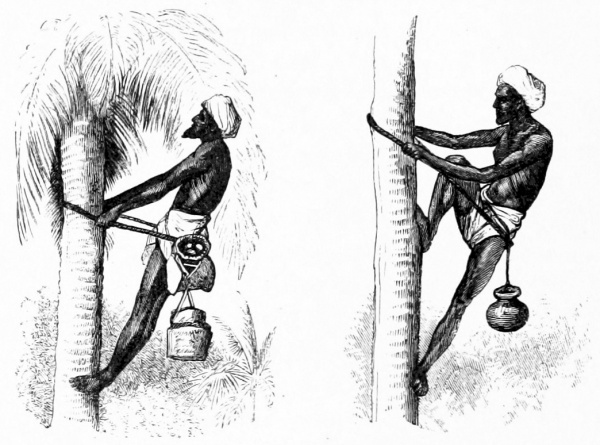Facts About Palm wine
Palm wine, often referred to as toddy, is a cherished alcoholic beverage crafted from the sap of various palm trees, such as palmyra, date palms, and coconut palms. It is enjoyed across regions including Asia, Africa, the Caribbean, South America, and Micronesia. For numerous smallholders and farmers, producing palm wine is not just a tradition but a significant source of income, fostering the conservation of palm trees.
The process of making palm wine is particularly intriguing. The sap is collected by tapping the palm tree, and almost immediately, natural yeasts in the air trigger the fermentation process. This results in a wine with varying levels of alcohol and flavors, depending on the fermentation duration. In some regions, palm wine is distilled to create stronger spirits, each with its own local name and variation.
In Africa, palm wine is primarily harvested from wild date palms and oil palms and serves as a staple in ceremonies and traditional gatherings. In India, it is produced from coconut and palmyra palms, with each state offering its own unique version. Countries such as Indonesia, Malaysia, Mexico, and the Philippines also have distinct renditions of palm wine, each characterized by unique production methods and local names.
Interestingly, palm wine is not exclusive to human enjoyment. Animals like tree shrews have been known to sip on fermented palm nectar. However, this can occasionally lead to problems, such as bats drinking from palm sap containers and subsequently spreading diseases.
Palm wine transcends being merely a beverage; it is a cultural emblem, featured in literary works such as Chinua Achebe's "Things Fall Apart" and Amos Tutuola's "The Palm-Wine Drinkard." It is a drink steeped in tradition, celebrated for its distinctive flavors and the cultural practices that envelope it.

 Niger
Niger